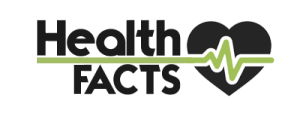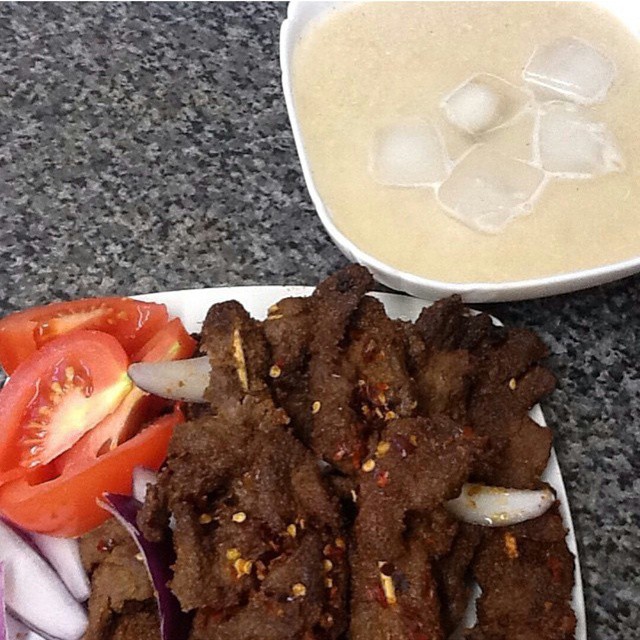Mistakes when measuring your blood pressure can make your readings falsely higher or lower? Read the following tips to find out how to get accurate readings-
One of the scariest things about high blood pressure is that it rarely presents with any sign or symptom to warn you.
It is indeed a “silent killer” as many patients especially in Africa only know about their high blood pressure after it damages their heart (heart attack), brain (stroke) or kidney (chronic kidney disease).
According to a study by the World Health Organisation (WHO), Africa has the highest rate of high blood pressure in the world with more than 4 out of 10 adults living with the disease.
This is why routine blood pressure checks are especially important and should be carried out at every single visit to a healthcare facility.
Documentation of blood pressure is very important for monitoring. If you have been diagnosed with high blood pressure (blood pressure that is above 140/90mm/Hg), it is advisable to get a blood pressure monitor device to carry out routine checks even at home.
“Many patients, especially in Africa only know about their high blood pressure after it damages their heart (heart attack), brain (stroke) or kidney (chronic kidney disease)”
Correct blood pressure measurement at a healthcare facility
If you walk a long distance or climb a series of stairs to your healthcare facility, it is advisable to sit in a comfortable chair for about 15 minutes before having your blood pressure readings taken.
Also, if you have a blood pressure monitor at home, you can bring your readings from home to compare with the readings taken with your physician as some patients may experience a rise in blood pressure due to the anxiety of being in a doctor’s office, this is commonly referred to as white coat hypertension.
If you’re also getting your blood pressure checked for the first time, you can request for the readings to be taken from both arms sequentially. If the reading from one arm is higher than the other (ensure this is not due to external errors), that side should be the one checked in future and also the one on which base treatment plan is based upon.
Women who have had mastectomies (surgery to remove the breast) should have their blood pressure measurements taken in the arm opposite the side from which the breast has been removed.
Correct blood pressure measurement at home
Appropriate cuff sizes are very important in order to get accurate results when taking blood pressure readings. Studies have shown that using a blood pressure cuff that is too big can give a falsely low reading while using a blood pressure cuff that is too small can cause your blood pressure to increase by as much as 10 to 40mm/Hg.
Ensure you buy a bigger cuff if the cuff that comes with your machine is too small for your arm. You shouldn’t feel extreme tightness or discomfort when taking your blood pressure reading.
Get a comfortable chair to sit on with your back rested and in a straight position. Do not sit on the edge of your bed or the floor when taking your readings.
You should also get a table close-by to rest your forearm on. Do not just place your arms on your laps or fold it. Place your feet flat on the floor and ensure to not cross your legs.
Maintain quietness and stillness while taking your blood pressure. Do not eat, discuss with someone or watch TV while taking the readings.
Get a notepad to document each reading. It is advisable to take two readings each time, you can show these values to your physician to monitor progress if you’re on any medication or lifestyle modification plan.
“Studies have shown that using a blood pressure cuff that is too big can give a falsely low reading while using a blood pressure cuff that is too small can cause your blood pressure to increase by as much as 10 to 40 mm/Hg”
Don’t forget the following tips:
- Don’t take heavy food right before measuring your blood pressure (this can falsely reduce your blood pressure reading)
- Don’t take caffeine or other stimulants before measuring your blood pressure (this can elevate your blood pressure)
- Don’t cross your legs while taking your blood pressure measurement
- Remove tight or heavy accessories around your wrist and arm before taking blood pressure measurements
- Don’t place the blood pressure cuff over clothing; ensure it is placed over your bare arm
- Void your bladder completely before taking your readings as a full bladder can raise your blood pressure
- Maintain a comfortable sitting position with legs placed flat on the floor and arm supported with a table
- Don’t use too tight or too loose blood pressure cuffs
- Wait one minute between each blood pressure measurement before taking the next one
- Rest for about 15 minutes if you have just walked a long distance to your healthcare facility
Note: Even if you have a blood pressure monitor device at home, always inform your physician regularly about your blood pressure readings, especially if there is a change of about 5-10 mm/Hg.










I don’t think the title of your article matches the content lol. Just kidding, mainly because I had some doubts after reading the article.